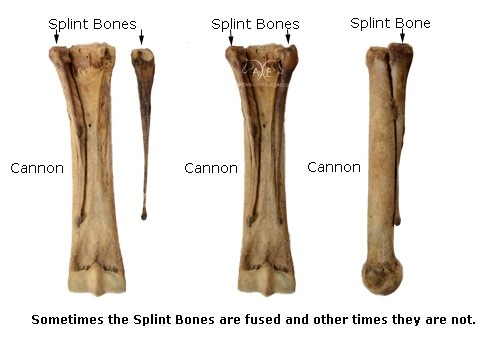|
On February 18 and 19, 2017 Jean Luc Cornille of Science of Motion held his second annual symposium in Colorado. I will share some of my notes and thoughts from the symposium in a series of blogs. Jean Luc Cornille has developed Science of Motion over the course of well over 30 years. Trained by the Cadre Noir and showing internationally in three day eventing, he soon realized that many ideas that we held to be true have been proven false by modern science. I met Jean Luc a few years ago, and it has been an eye-opening journey. Many theories that I had learned over the years on biomechanics of the horse and on how to train and ride have been overturned by this new knowledge. While Jean Luc is the first guy to tell you to respect tradition, we also need to face new facts and studies. The development of new technology, slow motion video, ultra sound, bone scans, motion studies have shown us, that many theories are obsolete and we need to update our training accordingly. Often things will look a certain way on the outside and move or work completely different on the inside. Jean Luc’s goal is to educate and show us a better way of riding. I have learned that many injuries in horses are repetitive motion injuries. If a horse moves in wrong alignment, in the wrong balance, with tight muscles then an injury cannot be avoided in the long run. While it is important to use all means necessary to treat the injury, ultimately only correct movement can facilitate healing and prevent re-injury. Therefore, I had to let go of many training theories and exercises as the scientific evidence clearly shows that they are likely to cause injury. I must apologize to all the horses I have ridden and trained without this advanced knowledge. Jean Luc’s goal this year was to show us first the incredible complexity of the hind leg of the horse. He had a wonderful video of the skeleton of a hind leg. All the joints have been fitted with magnets so Jean Luc can move them in any direction and show us which movements are possible and which ones will cause damage. Let’s start with an overview of the hind leg. All images in this blog were found on Google Images. And here are the major joints – this drawing compares the front and the hind leg. Typically, in the hock you have extension and contraction but also rotation. Everything must work in perfect synchronization to avoid doing damage. The hock has 4 joints – if there is abnormal movement it will rotate the splint bone, which can cause suspensory problems. A hind leg suspensory problem is a kinematic abnormality – which means the hind leg moves incorrectly. In contrast, suspensory problems in the fore legs are normally caused by overloading them. In the hind leg, we basically have an unnatural movement of the bone which in turn causes these problems. The splint bones are big to stabilize the fetlock and handle stress. Why is the fetlock relatively small? To allow for speed. The horse has been designed to minimize weight in legs to increase speed. The splint bone is basically a secondary system to support the fetlock. The sesamoid bone keeps the tendon at a small distance from the bone which allows for more movement.
When foot hits the ground the energy does not go all into the ground. Within stride the following happens:
During the movement, the hock will rotate by a certain amount and that in turn also rotates the fetlock. If the rotation does not happen correctly it will create a shearing force within the hock, specifically between MT3 and T3. When the hind legs impact the two upper joints in the leg move together and the two lower joints also move together. Comments are closed.
|
SimoneFinding new and better ways to ride and teach. Archives
April 2020
Categories |




 RSS Feed
RSS Feed